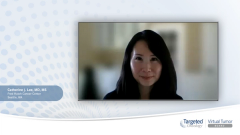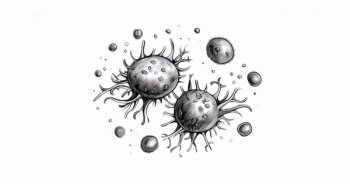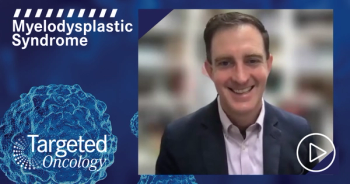
Future Directions in Graft Versus Host Disease
Closing the program on chronic graft versus host disease, the panelists share what they are most looking forward to in the space.
Episodes in this series

Transcript:
Yi-Bin Chen, MD: So, we're reaching the end of our discussion here. I'll just ask a question going forward to each of our panelists here and the question will be, what are you most excited about in chronic graft-versus-host disease in the next 5 years? And it can be anything. So, we'll start with Catherine. Go ahead.
Catherine J. Lee, MD, MS: Compared to the 2 of you, I'm fairly more recent to that field. And so for me, it's really exciting to see these sort of targeted agents coming out and seeing how the biology and us understanding the evolution of the science of graft-vs-host disease, chronic graft-vs-host disease, how it continues to reveal itself, even though there's still quite a lot that's not known, but then bringing this to the clinical care setting and possibly testing combination therapies in the future. To me, this is super exciting.
Yi-Bin Chen, MD: How about you, Colleen?
Colleen Danielson, NP: I think having more options for treatment of GVHD is really exciting. I think the other piece that we touched upon is the idea of biomarkers and being able to predict who's at higher risk for chronic GVHD. So, we can try to prevent this, as we all know, the treatments – a lot of the treatment goals for our moderate or severe GVHD patients is to try to stabilize the disease. And so, if we can try to prevent it or know who's at higher risk is really exciting. And then I think the survivorship world as that's growing in our field, and really addressing patients’ quality of life, their psychosocial needs, all of that that goes into their long-term GVHD management and care is really important and exciting, too.
Yi-Bin Chen, MD: Corey, Catherine said, you've been doing this a long time. So, what would – what are you most excited about in the next 5 years?
Corey S. Cutler, MD, MPH, FRCPC: Well, I think, to me the next big challenge—and I think something we might end up getting across—is finding a way to predict which drug for which patient. And so perhaps even more important than who's going to get chronic GVHD is how can we treat it effectively and early on. And as the armamentarium increases, as we have more and more drugs that are approved, understanding which is the right drug for the right patient is going to become increasingly more important. And there are some efforts to try to match that both clinically and biologically. And I'm hopeful we get there.
Yi-Bin Chen, MD: So, on those sentiments, thank you to our panel, for thoughtful case presentation and informative discussion to our viewing audience. Thank you for joining us for this Targeted Oncology™ Virtual Tumor Board® presentation. We do hope today's discussion was a valuable use of your time and then you acquire practical knowledge that you can use in your clinical practice. Thank you very much.
Transcript is AI-generated and edited for clarity and readability.













































